Marriage Equality in New York
The first wave of bad news hit in April when the New York Department of Taxation and Finance issued an advisory opinion that same-sex couples legally married out of state cannot file their New York income taxes together.
Three months later, the New York Court of Appeals, New York’s highest court, issued its ruling in Hernandez v. Robles. Overturning the lower court’s 2005 decision, the Court of Appeals held that there is no constitutional mandate to provide same-sex couples access to marriage.
Lambda Legal, a national gay advocacy organization, filed the case in 2004 on behalf of five lesbian and gay couples seeking marriage licenses. The licenses were denied because the state’s Attorney General interpreted the words “husband” and “wife” in New York marriage laws to prohibit same-sex marriage. The plaintiffs alleged that the law violated their due process and equal protection rights.
The New York Court of Appeals found that marriage is a fundamental right. However, they said the right to marry someone of the same sex is not fundamental, because it is not “deeply rooted” in history or tradition. The court also decided that there were rational reasons that justified singling out gays and lesbians from protection in marriage laws, including “promoting stability” in relationships that have “a natural tendency to lead to the birth of a child,” and ensuring that children “grow up with both a mother and a father.”
Much of the legal strategy behind LGBT impact litigation is to convince courts they should not accept any rational reason offered for laws that draw lines along sexual orientation. Instead, lawyers must convince judges to be more skeptical of such laws. To do that, they must prove some of the following: that gay people have suffered a long history of discrimination, that being gay is an immutable characteristic that does not affect a person’s ability to contribute to society, and that gays and lesbians are disadvantaged in the political process.
Susan Sommer, Senior Council at Lambda Legal who handled the Hernandez case, tells GO: “Of course gays and lesbians have been victims of historic discrimination, and as a relatively small distinct minority they are still subject to stigma and [are] still disadvantaged in the political process.” Sadly, she says, the court “brushed aside … that theory, and unfortunately that’s part and parcel of the failure to understand and take seriously what’s at stake here.”
Hernandez was a huge blow for the marriage equality movement in New York. Because the issue does not implicate the United States Constitution, there is no other court able to hear an appeal. The ruling is final.
Rubbing salt in the wound, only a few days later, the Supreme Court of Nassau County decided Funderburke v. New York State Department of Civil Service. Sommer tells GO that the plaintiffs are “a couple in their late 60s or early 70s that has been together for decades. They were married in Canada as soon as they could [be].” They wanted the New York Department of Civil Service to honor their valid marriage performed out of state. The court declined to require the Department to do so. Sommer says, “We firmly believe [the case] was completely wrongly decided. It relied on Hernandez and confused two very distinct doctrines: who can marry within a state … and how New York treats marriages entered into elsewhere that could not be entered into here, like common law marriages.” She says this couple is “entitled to have their marriage treated the same way as other marriages here are treated.” Lambda Legal, with co-council, is handling the appeal.
So where does this leave us in the Empire State? Sommer tells GO: “There are no plans among civil rights organizations to bring marriage litigation. We tried that. The focus now has to be on the legislature. That’s essentially what the court said to us in Hernandez.” And that’s just what the Empire State Pride Agenda is working on. Josh Meltzer, communications associate at Empire State Pride Agenda tells GO, “We expect [the legislature] to take action with a marriage equality bill.” The 2006 election resulted in the LGBT lobby building its support base in the legislature, although as Meltzer notes, having a “hyper-majority of democrats” doesn’t necessarily change things because “LGBT issues are non-partisan.” In New York, bills must be reintroduced annually, and “the [marriage equality] bill’s sponsor, [Assembly Member] Gottfried, is still trying to build momentum and get co-sponsors so that when it is reintroduced there will be a lot of backing already.” Thus, it may be some time before we see a new bill move through the legislature. But, as Meltzer points out, “the most important [thing] is that we elected a governor who is outspokenly for marriage equality. When it comes to passing a marriage bill we could have no better ally. That was the biggest plus side of the 2006 elections.”
We hope to see such a bill soon because as Sommer notes, “Just look at a map! Look at what surrounds our state! Every jurisdiction on our borders allows same-sex couples to enter into civil unions or marriage. We don’t even have domestic partnership laws. We are woefully behind our neighbors and the state is really not living up to where it should be–a leader much less a laggard. New York needs to catch up!”
The Federal Level
It was a good year at the federal level for gay marriage. The Marriage Protection Act, which would have proposed an amendment to the Constitution of the United States forbidding same-sex marriage, failed. The votes in both the house and the senate fell far short of the required two-thirds majority. You can thank New York’s senators Schumer and Clinton for their votes against the proposed constitutional amendment.
The Marriage Protection Act certainly didn’t go down without a fight. President Bush addressed the nation on June 5, 2006, calling marriage between a man and a woman “the most enduring and important human institution.” He said he was “proud to stand” with those who “strongly support a constitutional amendment that defines marriage as union of a man and a woman.” He justified his support on the fact that “families pass along values and shape character,” thus “marriage is … critical to the health of society.” It was a not-so-subtle dig on the moral character and values of LGBT families. Thankfully, our elected officials didn’t see the issue his way.
Around the Country
In 2006 we’re still seeing a backlash from Massachusetts’s decision to allow gay marriage three years ago. Twenty-six states now have constitutional amendments restricting marriage to a man and a woman. Nineteen states have laws restricting marriage to the same standard. The 2006 election was a major disappointment when seven states added constitutional bans: Colorado, Idaho, South Carolina, South Dakota, Tennessee, Virginia and Wisconsin. The one truly positive note from the election was Arizona: the state became the first to reject a constitutional amendment that limits marriage to opposite-sex couples.
That year also presented defeats for marriage equality cases in the courts of Washington and Maryland. Further, courts in Georgia and Nebraska reinstated constitutional bans on same-sex marriage that had been briefly ruled unconstitutional by lower courts. The only big win was New Jersey, and even that was tempered when the court punted the issue to the legislature. Unfortunately, the legislature opted not to extend full marriage to New Jersey citizens. However, the legislature did act quickly to pass a measure to protect gay couples through civil unions.
After the election, we are left with a few states that shine like beacons. Marriage, for all people, is legal in Massachusetts. Civil unions are legal in Connecticut, New Jersey and Vermont. Domestic partnerships rein in California, Washington D.C. and Maine. And reciprocal benefits are provided in Hawaii.
This year, keep your eye on California. In 2005, both houses of their legislature passed a marriage equality bill that was vetoed by “The Governator.” This year, openly-gay Assembly Member Mark Leno is reintroducing the same bill, even though Schwarzenegger is still in office. Alice Kessler of Equality California tells GO, “We feel it’s our job to continue to push the issue…regardless of who the governor is. It’s the right thing to do.” In the reverse of New York, Schwarzenegger vetoed the bill in 2005 saying he wanted to wait to see what the courts would do. He may have that chance this year, as the Woo v. California marriage case has been accepted by the California Supreme Court for review. Though it could be up to two years before the court decides the case, Kessler tells GO, “The California courts have a long and good history on LGBT rights.” Activists in the state “have set the groundwork much more systematically than any other state that’s heard a case like this. We’ve worked to pass very protective legislation and to lay a legal framework for rights for the LGBT community.” She goes on to say, “We’re in the strongest position. It’s important that people know that. What happened in New York and Washington is a very different set of circumstances.”
We all hope she’s right, and wish California the best of luck in 2007.

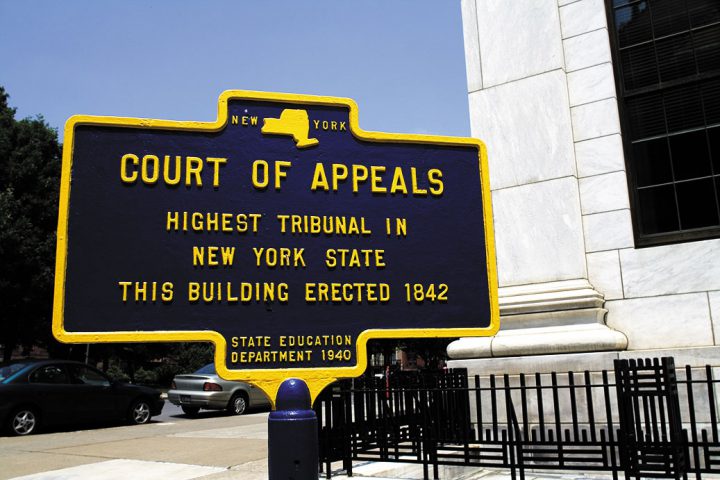

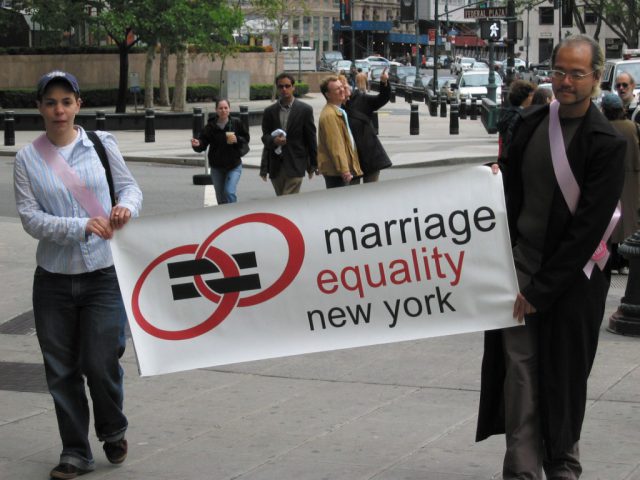

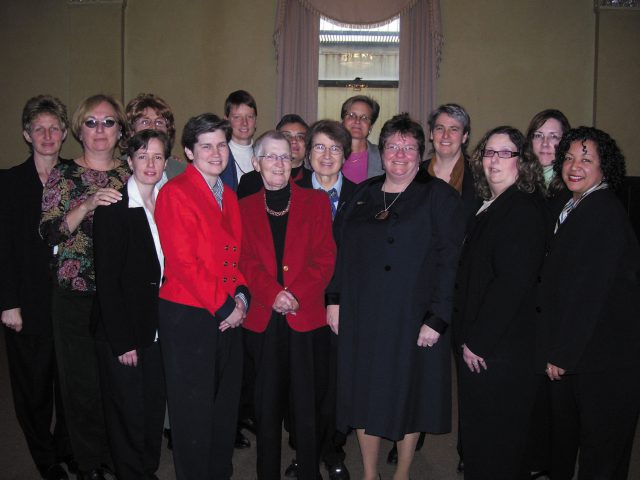

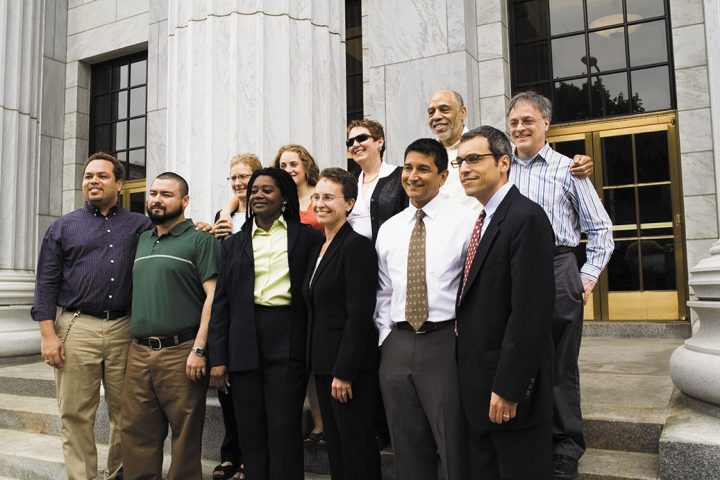
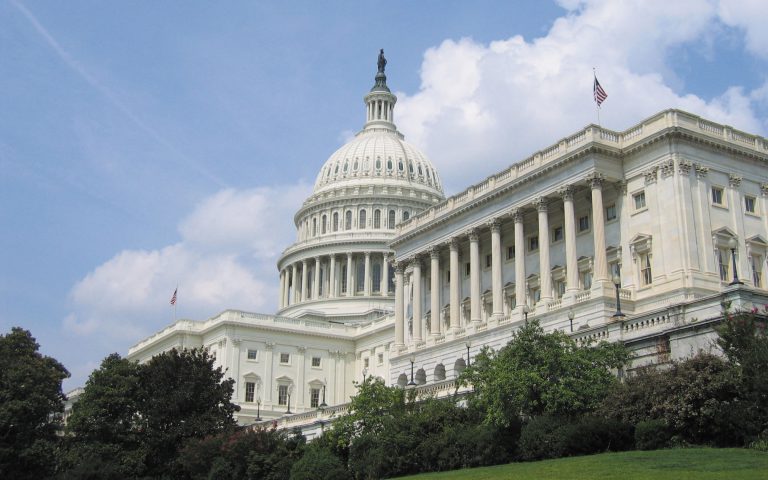
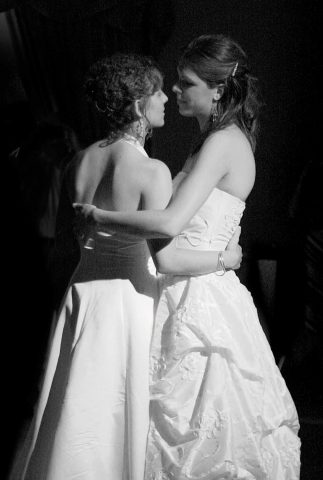
What Do You Think?